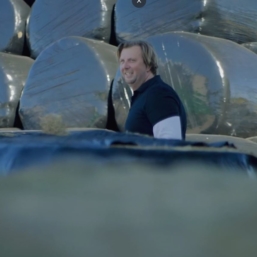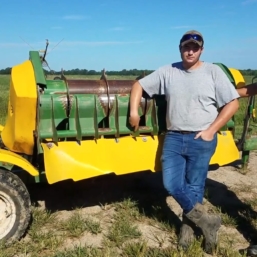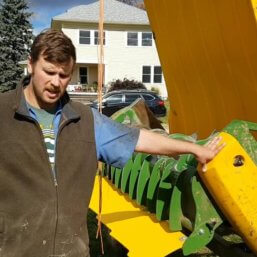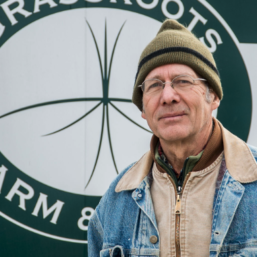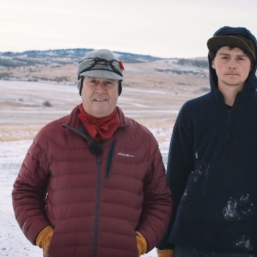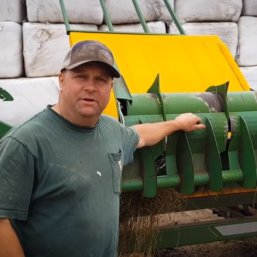DOWNLOAD YOUR FREE ORGANIC & GRASS-FED CATTLE FEEDING GUIDE
The majority of research in this guide was conducted in New Zealand, the world’s leading grass farming country, and includes best practices for improving the welfare of livestock and profitability of the organic & grass-fed farming modes.
Get your copy of over 30,000 hours of research compiled on every system for feeding cattle on organic & grass-fed farms.
- Chainless bale feeder
- Chain / slat bale feeder (Cradle feeder)
- Bale unroller
- Bale bed / Bale deck
- Hay ring / Hay trailer
- Bale Processor
- Bale splitter
- TMR Mixer
Our belief in sustainable farming practices, in particular natural pasture grass-feeding, underpins our range of world-leading livestock feeding solutions. The benefits of natural organic & grass-fed livestock are many – from happier, healthier animals and naturally fertilised paddocks through to better tasting meat and dairy.
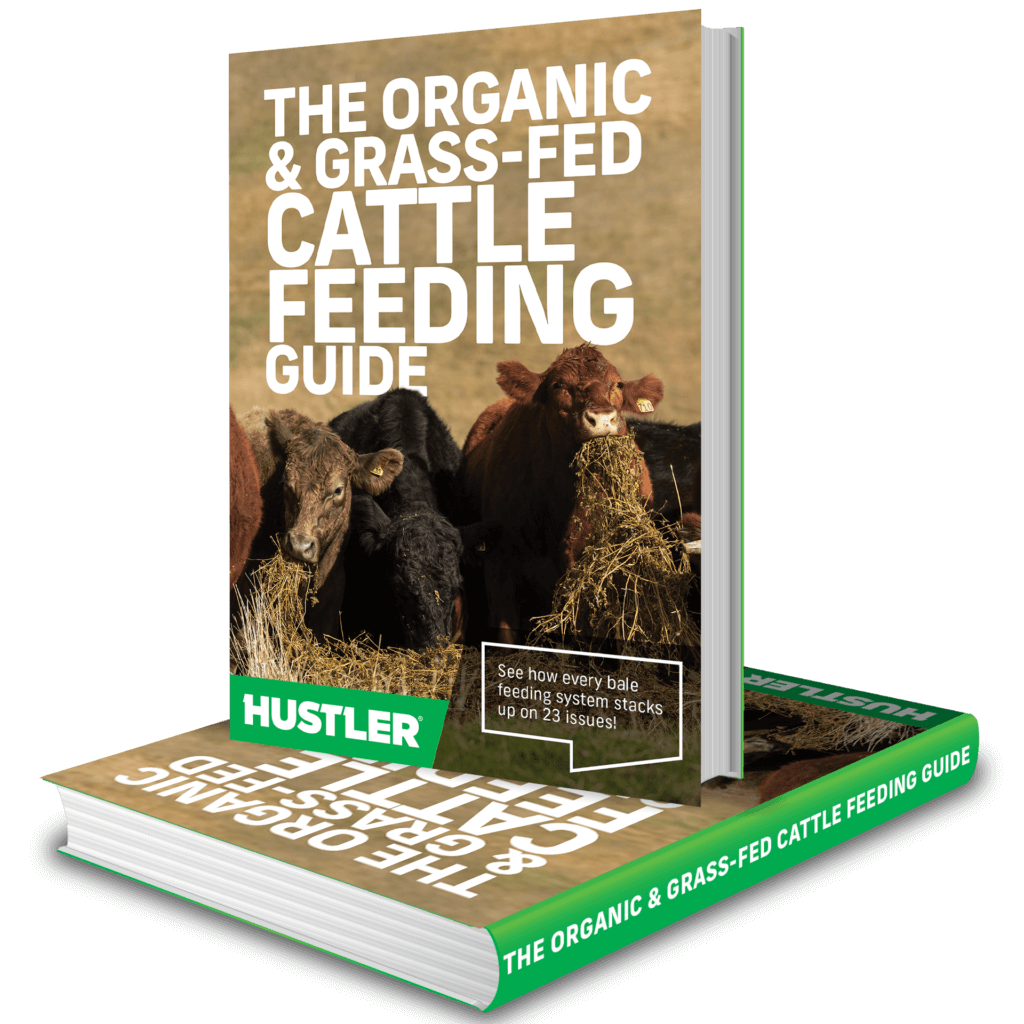
We compare systems, not brands.
To provide you with a balanced evaluation, instead of comparing brands, we’ve compared how each feeding system performs and compares in each of the 23 situations organic farmers are faced with, when trying to optimize performance when feeding bales to cattle:
- Investment cost
- Number of cattle that can be fed
- Feed Waste
- Feed Damage
- Hoof trampling
- Time to feed each bale
- Pasture damage
- Ease of access to feed for all animals
- Manure and nitrogen spreading
- Ability to use part bales
- Diesel consumption per bale
- Minimum tractor size required
- Approx maintenance cost in the first 3 years
- Can feed hay bales
- Can feed baleage bales
- Can feed round bales
- Can feed square bales
- Mix with other ingredients
- Open field feeding
- Indoor feeding
- Bunk, trough, feed-pad feeding
- Straw bedding capable
- Single tractor operation
What feeding systems are you using to keep up with the consumer demand of organic & grass-fed products?
The organic grass-fed meat industry seems to be anticipated to exhibit the fastest growth rate during the next few years due to its clean-label traits and strong retail positioning among the consumers in developed countries. Its dollar growth is increasing fast, certainly more than the total meat category. Grass-fed beef in particular presents a lucrative opportunity for producers, who can realise major price premiums for grass-fed, pasture-raised or locally-raised meat.
In the United States, for instance, grass-fed beef can sell for $2.50 to $3 (retail price) more per pound (0,45 kilos) than conventionally produced beef according to Consumer Reports.
Finishing organic & grass-fed livestock takes time, effort and patience and the return on investment isn’t always immediate – but the result is highly rewarding in many aspects! If you are tempted by joining the movement, now is the time to rethink your feeding methods to reduce wastage, increase pasture production and the overall health of your livestock.
